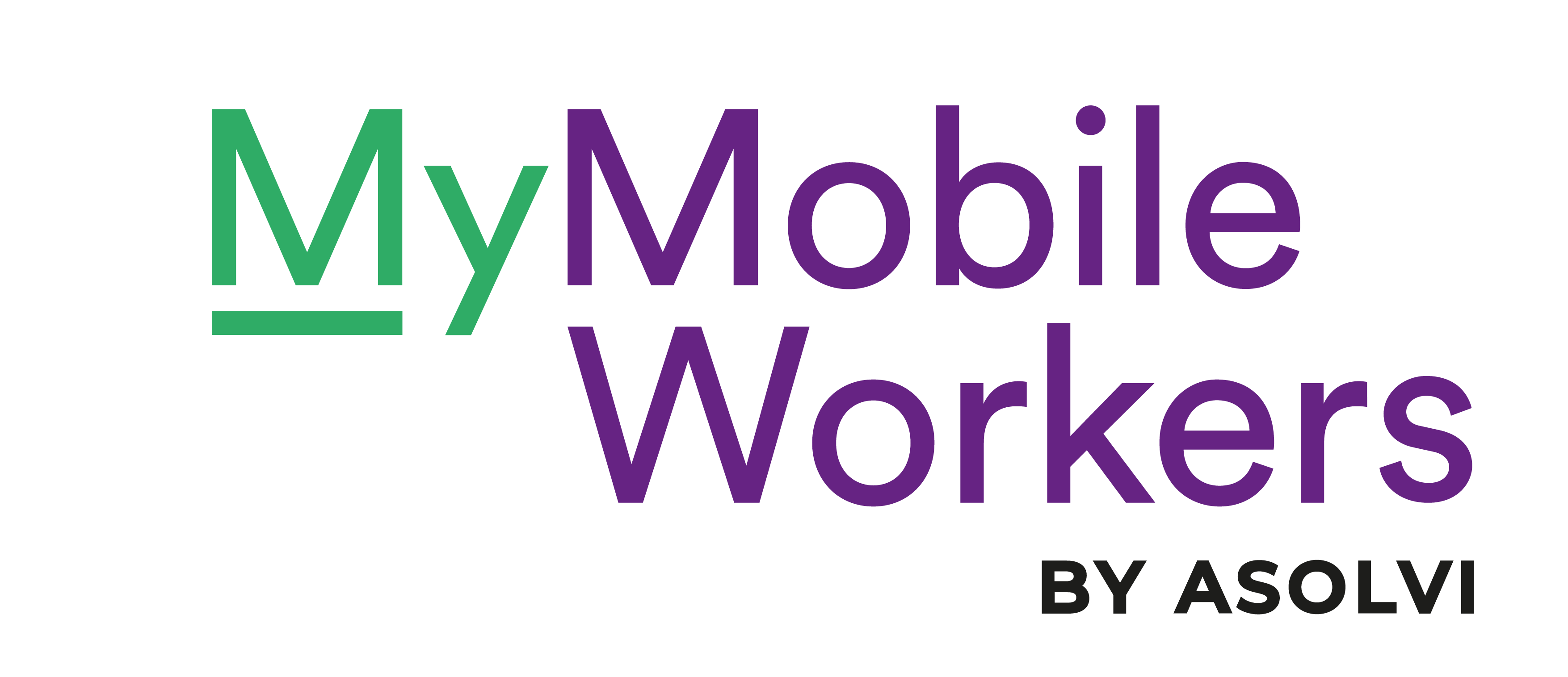Managing mobile workforces differ across industries but one thing remains constant: how staff communicate with each other.
One thing that makes communication difficult is the nature of the work itself. When employees are out of the office, then unless you can call, or attend site yourself, you have very limited knowledge as to what is actually happening.
This is where mobile workforce management software comes in. It gives managers data-driven insight into what is happening in the field, allowing the company to become more responsive.
For most, switching to software means a shift in the way the company operates and the way employees look at work.
How to switch to mobile workforce management software successfully:
- Review processes
- Assess software options
- Locate sufficient technology
- Build a business case
- Get key players on board
- Assign a project manager
- Don't do too much at once
- Dedicate time
Review processes
In order to make the switch over as pain free as possible, review your processes before you start to trial or sign up with software. Decide what information you absolutely need from a job, and what information you’d like to have, and work it into your current process.
If you try and change your process entirely, you’re likely to get some resistance from your staff.
Also, assess how heavily you rely on paper and decide what information you’d like on your digital system. Typically, the companies we talk to want their customers’ contact details, site addresses and contacts, so you would need to make sure they are in a digital format to be able to be uploaded into your system.
Assess software options
You’re moving away from familiar methods into something brand new (for most, anyway), so how do you decide what software is best for your business when there’s so many out there? Good questions to ask include:
- Contract length: How long does the contract ask for? Does the price change based on the length of the contract?
- Implementation: Most software companies charge for the initial setup of the software in order to make it as specific to your business as possible. How much is this likely to be?
- Price: How much is the software? Is it all up front or is it a monthly charge?
- Flexibility: Are you able to contact the developers when you need to, or is it an online form to fill in? How easily can you make changes to the software?
Locate sufficient technology
Most workforce management systems have two sides: a mobile app and a portal side. Before switching to a paper free system, you need to check if you have the right technology to handle it.
Given that the app has more specifications typically than the portal, you should ask for advice from your software provider when it comes to choosing the right technology for your mobile team.
Build a business case
In case your company is the type that has to jump through hoops in order to get sign off for a project, then building a business case would help sell your point. It doesn’t have to be anything formal, it’s more about being clear about your reasons for wanting to make the switch from paper or your current system.
Keep in mind:
1. The time to complete a paper job sheet
2. The travel time to and from the office to drop paperwork off
3. The time it takes to rekey the job sheet onto a computer
4. The time it takes to get the information to accounts
5. The cost of printing and storing the job sheets
Get key players on board
It’s important that the people who will be using the software are involved from the start of the project, but we understand it’s not practical to get every member of staff on a demonstration. Identify the ‘key players’ in your organisation.
These tend to be Managing Directors, General Managers, Operations Managers and your most capable mobile workers. Getting these key players on board early on will allow for a smoother transition.
Assign a project manager
We recommend giving one member of your staff the responsibility of getting the software up and running. This is who we call the ‘Project Manager’ - the person who people can go to with questions of the software, and be the main contact for the software company to follow up with.
The role of the Project Manager doesn’t have to have a certain job title, they just need to be someone influential towards both the mobile workers and also management.
Companies who have a Project Manager heading up the switch to a digital process tend to be up and running using the software a lot quicker than those who don’t.
Don't do too much at once
You may want to use the software to its full potential, but don’t try and rush things. Think again about the reasons why you’re going ahead and what you’re using the software for.
Switching to a workforce management system should be a phased approach, so focus on the more important things and once you’ve proved the return of investment of the system, then you can branch out into other aspects of the software.
Dedicate time
It may be an obvious one, but a successfully rolled out system is one that is well planned out.
Trying to rush the implementation process can result in backlash in the long run. Block some time out in the diary where you won’t be disturbed and that time you invest will save you a lot of time further down the line.


